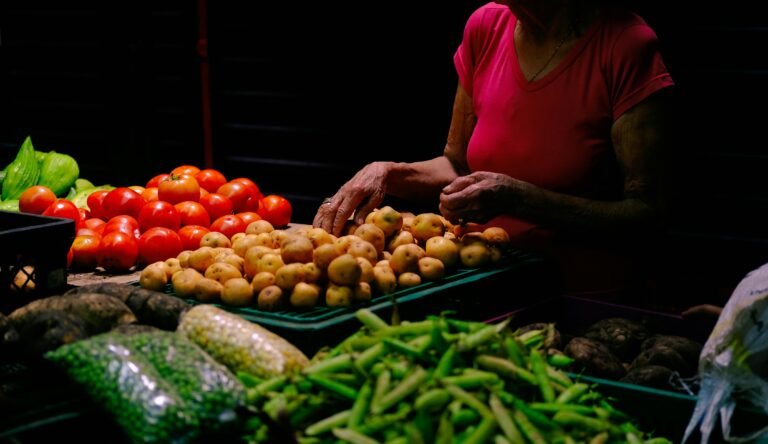How to make a diet burger?
How to make a lighter burger? Whether we choose it vegan, that is with flour and puree of legumes or cereals, or whether we choose it with meat, in this short article I will give you some advice on how to make a nutritionally valid and delicious hamburger that is no longer an exception to the rule but a healthy meal.
HOW TO MAKE A DIET HAMBURGER?
– Choose the right meat: avoid prepackaged burgers, but go to the butcher’s and choose a lean cut of veal to get minced. This way you will have less fat and unseasoned meat, while the ones you buy at the supermarket are often made with more fatty clippings and scraps. Excellence would be choosing pasture-raised meat, asking for certified breeds such as Chianina. Do you eat out? Choose Chianina, Fassona, Argentine meat for your burger. A lower-fat alternative is obviously chicken breast, as long as it is free-range. Important: meat should never be overly grilled!
– The vegetable burger is not necessarily healthy: you should know that I spend a lot of time reading the labels of vegan products. A big problem that I encounter in vegan burgers, for example, is the presence of additives and preservatives to flavor and thicken the dough. Often there are oils that are not really healthy, such as sunflower oil. We can avoid this with DIY. Here is a very good recipe.
– Weights: whether we choose meat or vegan, we always opt for 100-120 grams of burger.
– Bread: bread must not exceed 50-60 grams, it does not matter if it is wholemeal or not, from a glycemic point of view. The ideal would be to smollicarlo completely, however, if we want a more dietetic sandwich, and toast it just on both sides. If we do not want or can eat bread, we can try healthier vegetable alternatives: two slightly concave pleurotus mushrooms, which should be grilled, or the caps of two large champignons, which can also be cleaned and eaten raw; otherwise, the ends of an aubergine complete with peel, cut, wilt in the oven for a few minutes and lightly hollowed out with a teaspoon.
– The filling: prepare the various toppings in advance, starting with the filling. A large slice of tomato, a slice of avocado, bitter salad such as rocket or mixed salad, grilled vegetables are excellent fillings in addition to pickles. On the other hand, chips and pickles should be avoided. If we do not want to give up the bacon or cheeseburger effect, we can add a very thin slice of cheese such as scamorza or primosale or a teaspoon of light spreadable cheese or a teaspoon of parmesan (added on top in the last few minutes of cooking). Instead of bacon, a slice of pan-grilled turkey ham.
– Sauces: no to mayonnaise. Yes to a slice of avocado, some mustard or a little kechup. If we are lovers of mayonnaise, we can mix half a teaspoon with a teaspoon of fat-free Greek yogurt and aromatic herbs such as chives or turmeric and pepper. A light variant to be preferred to the light ones on the market. Other alternatives: a teaspoon of hummus or a teaspoon of tzatziki sauce.
– Calories and the impact of the glycemic load: if you follow all these rules, we will have a bulky and filling burger for up to 350-450 calories, compared to 600-800 for a burger eaten out. The glycemic impact will also be reduced.
This will allow us to make a similar sandwich even during the week, without considering it a sgarro.































+ There are no comments
Add yours